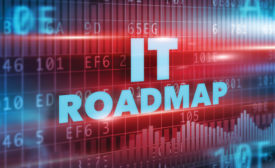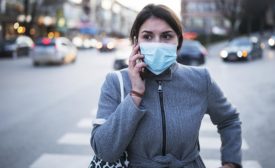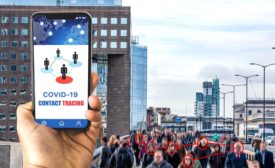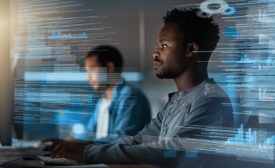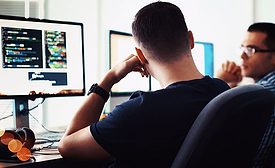Home » COVID-19
Articles Tagged with ''COVID-19''
Supply chains are going digital faster than ever. It’s time to address cyber risk.
Read More
Sign-up to receive top management & result-driven techniques in the industry.
Join over 20,000+ industry leaders who receive our premium content.
SIGN UP TODAY!Copyright ©2024. All Rights Reserved BNP Media.
Design, CMS, Hosting & Web Development :: ePublishing
